|
Happy Quitters Day and Weekend! In the “Christmas season” of holidays, Three Kings’ Day/Little Christmas on January 6th is not the official end. No sir, “Quitter’s Day” is celebrated on the second Friday of every year as the day when most people are most likely to abandon their New Year’s resolutions. That’s right, after suffering through one weekend, why let a second one go to waste. Live it up! Last week, in part 1 of our “Story in Stone” focused on the early Roelkey family of Frederick, I endeavored on working toward my personal New Year’s resolution of writing/publishing a story on these German immigrants, something that I have been wanting to do for about seven years now. I centered on the unique family vault built into a hill and located in Mount Olivet’s Area R. This structure was built by John Roelkey, Jr., born October 16th, 1823 as Johann Christian Heinrich Roelke, Jr. in Oedelsheim, on the Weser River, in Germany. This week, we are traveling about 75 yards to the northeast of the Roelkey Vault to Area F/Lots 21-23. Once here, we find the gravesite of John’s parents and a few other relatives, including a family member who traded in her maiden name for a very similar new married surname, and a descendant who not only documented her own genealogy, but is responsible for helping countless others do the same—including adding greatly to Mount Olivet’s historical records and database. Christian Roelkey The bodies of Johann Christian Heinrich Roelke (1793-1861) and his second wife, Maria Christena Dreyer occupy Area F’s Lot 22. Last week, I shared the fact that the original Roelke name has been spelled a variety of ways including Rolicke, and Rölke with an umlaut. Along the way, it was anglicized by several family members to Roelkey. The name has been pronounced here locally in a variety of ways, particularly as “Rell-key” and “Rull-key.” Regardless of spelling and pronunciation, this surname crudely translates from its Germanic origin to “Glory for the Wolf.” Let’s talk about John Roelke (Roelkey), Sr., better known as Christian Roelke, more in depth in part II of this story. The patriarch of my focus on this family in Mount Olivet is not interred within the Roelkey Vault, but rather in Area F. Born February 9th, 1793 to Johann Conrad Rolke and Elizabeth Niemeyer, Christian immigrated to America in 1837 with his second wife (the former Christina Dreyer) and eight children, eventually settling in Frederick. Williams’ History of Frederick County (1910) states the voyage from Bremen (Germany) to Baltimore was made in rapid manner taking just 21 days. A family history on Ancestry.com shows documents that this occurred aboard the ship Elise, under a Capt. John Koch. Once here in America, and Frederick, the family first engaged in weaving carpets and woolen goods, but eventually took up huckstering farm goods. Apparently, this was the family trade back in their native Hesse-Cassel. Christian and Maria Roelkey's children included: 1.) William , a marble maker turned cabinet maker and later a tobacconist in Frederick; 2.) Augustus, coffee merchant in Baltimore; 3.) Peter; 4.) Harmon, enlisted at age 18 for the Mexican War and in 1849 went to seek gold in California, where he married and would reside in Sacramento; 5.) Chrissie (1812-1888), married a baker by the name of Henry Koester and buried in Area H/Lot 315; 6.) Caroline Sophia (1827-1904) aka "Lena," married Frederick Soelke; 7.) Eliza (1822-1887), married a machinist named David Haller and buried in Area A/Lot 36); 8.) and the aforementioned John (1823-1897), who worked at the Eagle Iron Works of Calvin Page before becoming a prominent farmer whose former plantation can be found near the intersection of US 15 and Biggs Ford Road north of Frederick. Christian and Maria and family appear in the 1860 census living on the south side of West South Street and west of Mantz Alley (now known as Ice Street/Broadway Street). This would place them just west of the site of a new, large condo complex (being built at the site of the former location of Rollin’s Funeral Home). The address of the Roelkey home is today’s 126 West South Street, and was purchased by Christian in 1854. In the Williams’ Frederick Business Directory of 1859/60, Mr. Roelke is listed as a “carter,” defined as a driver of a horse-drawn vehicle used for transporting and selling goods like produce. This line of work would also label Christian as a professional hauler and also a huckster. Speaking of this, Frederick diarist Jacob Engelbrecht made a few entries (in the 1850s) mentioning the making of “sauer kraut” from cabbage he had bought from Christian Rolke (sp). In 1856, Engelbrecht notes Roelkey’s involvement in hauling dirt and sand for the municipality to fill and fix city streets. Unfortunately, a change in profession for Christian Roelkey would be a contributing factor to an early grave. I take you to the turbulent year of 1861.This was the year following the hotly contested election of 1860 in which Abraham Lincoln became president. Although there were many factors, the election and subsequent inauguration of Lincoln helped ignite the American Civil War as Fredericktonians would soon hear news of the firing upon, and capture, of Fort Sumter in Charleston, South Carolina’s harbor in April of 1861 by Confederate forces. Residents then watched Southern states secede from the Union, including next door neighbor Virginia. President Lincoln could not allow Maryland to follow suit, thus surrounding Washington, D.C., as there existed strong sympathy and support throughout the state, especially in Southern Maryland, the Eastern Shore, and Baltimore which would come under martial law following the Pratt Street Riot of that same April. Two weeks after the Confederate capture of Fort Sumter, South Carolina, Maryland Gov. Thomas H. Hicks called the General Assembly into special session here in Frederick, a strongly Unionist city to debate secession. The state capital, Annapolis, was seething with resentment over the recent Federal occupation of that city. Both the Senate and the House of Delegates began the session on April 26th, 1861, in the former Frederick County Courthouse which had been built in 1875. The next day, the senators and delegates moved to Kemp Hall, a larger meeting space that belonged to the German Reformed Church. Only a block away, Kemp Hall is positioned on the southeast corner of Church and Market streets and the building served as the capitol of Maryland during the spring and summer of 1861. Apparently some local Rebels didn’t take to kindly to the move of state government, and decided to send a poignant message. Court House Fire—This Morning between one & two o’clock (a.m.) the Court House in this City was certainly set on fire & burnt nearly out, except the lower part where the court, lawyers & jury usually sat—the whole, or nearly of the roof was on fire when first discovered & being such an unusual hour of the morning when nearly everybody was fast asleep. The Sheriff’s office & the Collector’s office were in the east and west wings & all their books and papers were saved. But in the Grand Jury room upstairs were many old papers of not much value were destroyed—there was insurance in the Frederick Mutual Office for $5,000. Jacob Engelbrecht, May 8th, 1861 It has always been surmised that this deed was done by Confederate sympathizers to send a message to not only the townspeople, but also the governor, legislators and entire state. Plans were made to build a new county courthouse while the legislature continued to meet at Kemp Hall throughout the summer. As early as June 20th, 1861, under Lincoln’s suspension of the writ of habeas corpus, Federal troops began arresting suspected pro-secession legislators like Delegate Ross Winans of Baltimore, who was stopped on his way home from the session here. He, like several other lawmakers, was confined briefly under Lincoln’s orders. Finally, lacking a quorum—primarily because of the arrest of so many secession-leaning senators and delegates—the General Assembly adjourned in September without ever considering a secession bill. In early August, the Baltimore firm of S. H. & J. F. Adams won the bid for building a new courthouse. Demolition work was begun by mid-month and the courthouse would be completed just over two years later in October, 1863 when it again hosted the Frederick County Court. Christain Roelkey would play a part in the new courthouse, but would not live to see its completion, dying on November 10th, 1861. Our cemetery records include a footnote from the sexton’s records of the former German Reformed Burying Ground where Mr. Roelkey was originally buried. These records state that Christian Roelkey “died from a wound received while digging a well for the new courthouse.” This find led me to the old newspapers of town and the pages of the Frederick Examiner of October 30th, 1861. I could not find Mr. Roelkey’s obituary in the paper, but he suffered from that injury for nearly two weeks before succumbing to death at the age of 68. If only he just would have stuck to selling cabbages. Christian Roelkey was buried in the German Reformed Graveyard on the northwest corner of West Second and North Bentz streets—today’s Memorial Park. Maria would join him here upon her death in August, 1871, but both bodies would be re-interred to Mount Olivet on November 12th, 1873. That fall of 1861 was a bad one for the extended Roelkey family, especially for Christian and Maria’s daughter Caroline Sophia Amelia Roelkey (b. January 27th, 1827), better known as “Lena.” Miss Roelkey would likely confuse some, and impress others, when she married in 1847. I have to admit that her grave monument had the same effect on me, standing only a few yards east of her parents in the general vicinity of Mount Olivet’s only other above ground crypt belonging to James Whitehill and family. Lena’s husband’s name was Frederick William Soelkey, and now she held the moniker of Lena Roelkey Soelkey. Mr. Soelkey was born on December 5th, 1818 and his last name appears in early records as Zoelkey and Zulkey. “Fred” also was a native of Germany, born in Habichthorst in 1818 and could be found living in Martinsburg (WV) with wife Lena and listed as a carpenter in the 1850 US Census. Frederick Soelkey applied for naturalization in 1852, which means he was here in America for at least five years up to that time, as 1847 was also the year of his marriage. He would be fully naturalized in 1855. In October of 1861, the couple lived with their five children in Frederick at what is now numbered 140 West South Street, not far from Lena’s parents at 126 West South. Just as Christian Roelkey would not know his unpleasant fate at the beginning of October, 1861, neither would his son-in-law Frederick Soelkey. His imminent death would come from an equally unfortunate on-the-job accident. This would not occur in Frederick, but at a place called Elysville on the Patapsco River in Howard County. The 42-year old was working on a railroad bridge at the small hamlet north of Ellicott City. Frederick’s body would be brought back home to Frederick and he was buried in Mount Olivet on October 5th, the day after his accident. In the weeks to follow, administrator announcements could be found in local papers, as well as an interesting article in December, 1861 noting that there were insurance payoffs in both men’s deaths. Lena Soelkey and her children eventually moved to Baltimore on April 1st, 1867. She rented out her Frederick home and is said to have used the monies as support for her children. Lena Soelkey would continue to live in Baltimore until her death in 1904 at which point she would be brought back to Frederick and was buried next to her husband. A fine, large monument would cover their grave. Over the years, their children’s names would be added to the stone as they too would be buried here. As I spent time in these Roelkey and Soelkey adjoining family lots in Area F on the southern slope of a hill once known as Cemetery Hill and Pumphouse Hill to past generations, I couldn’t help but notice the small grave marker of a studious lady I am quite familiar with and even had the opportunity to work with on a few occasions a few decades ago. Margaret Myers was more than a genealogist, she was a “genealogist’s genealogist.” Frederick County historical repositories have much of her past work in their collections, and we at Mount Olivet owe her a huge debt of gratitude for vetting and updating our interment records as she worked diligently to do so. She worked very closely to my boss, Superintendent J. Ronald Pearcey. When Margaret passed, the cemetery received her old desktop/personal computer, containing tens of thousands of names of past residents and their family connections. The above-mentioned Roelkeys and Soelkeys were very familiar to Margaret’s watchful eye as these were direct relatives. Christian Roelkey was Margaret’s great-great grandfather. Margaret died in 2009 and is buried about five yards away from Christian, and the same distance from her parents Edwin Irvin Myers (1896-1979) and Julia Susannah (Roelkey) Myers (1895-1977). Julia Myers was a daughter of Elroy Livingston Roelkey (1858-1929) and wife Genevra Lucetta (Zimmerman) Roelkey (1864-1929). Elroy was the son of John Christian Roelkey, Jr., last wekk’s “Story in Stone” prime subject and the man who built the Roelkey Vault—youngest son of Christian Roelkey, this week’s prime subject. Now that I’m finished with this story, I feel quite perplexed. On one hand, I completed my resolution by writing a two-part “Story in Stone” on this interesting Roelkey family. However, I can’t go any further with it, which some may perceive as “quitting.” I promise that this is certainly not the case as I will commit my resolve to the research, writing and publishing of many more of these “Stories in Stone” featuring families and decedents laid to rest in Frederick’s historic garden cemetery of Mount Olivet.
If anything else, I have helped "gain glory and fame" for the wolf with modern day readers.
1 Comment
2/3/2024 08:41:09 am
I wanted to express my gratitude for your insightful and engaging article. Your writing is clear and easy to follow, and I appreciated the way you presented your ideas in a thoughtful and organized manner. Your analysis was both thought-provoking and well-researched, and I enjoyed the real-life examples you used to illustrate your points. Your article has provided me with a fresh perspective on the subject matter and has inspired me to think more deeply about this topic.
Reply
Leave a Reply. |
STORIES
|
Archives
July 2024
June 2024
May 2024
April 2024
March 2024
February 2024
January 2024
December 2023
November 2023
September 2023
August 2023
July 2023
June 2023
May 2023
April 2023
March 2023
February 2023
January 2023
December 2022
November 2022
October 2022
September 2022
August 2022
July 2022
June 2022
May 2022
April 2022
March 2022
February 2022
January 2022
December 2021
November 2021
October 2021
September 2021
August 2021
July 2021
June 2021
May 2021
April 2021
March 2021
February 2021
January 2021
December 2020
November 2020
October 2020
September 2020
August 2020
July 2020
June 2020
May 2020
April 2020
March 2020
February 2020
January 2020
December 2019
November 2019
October 2019
September 2019
August 2019
July 2019
June 2019
May 2019
April 2019
March 2019
February 2019
January 2019
December 2018
November 2018
October 2018
September 2018
August 2018
July 2018
June 2018
May 2018
April 2018
March 2018
February 2018
January 2018
December 2017
November 2017
October 2017
September 2017
August 2017
July 2017
June 2017
May 2017
April 2017
March 2017
February 2017
January 2017
December 2016
November 2016

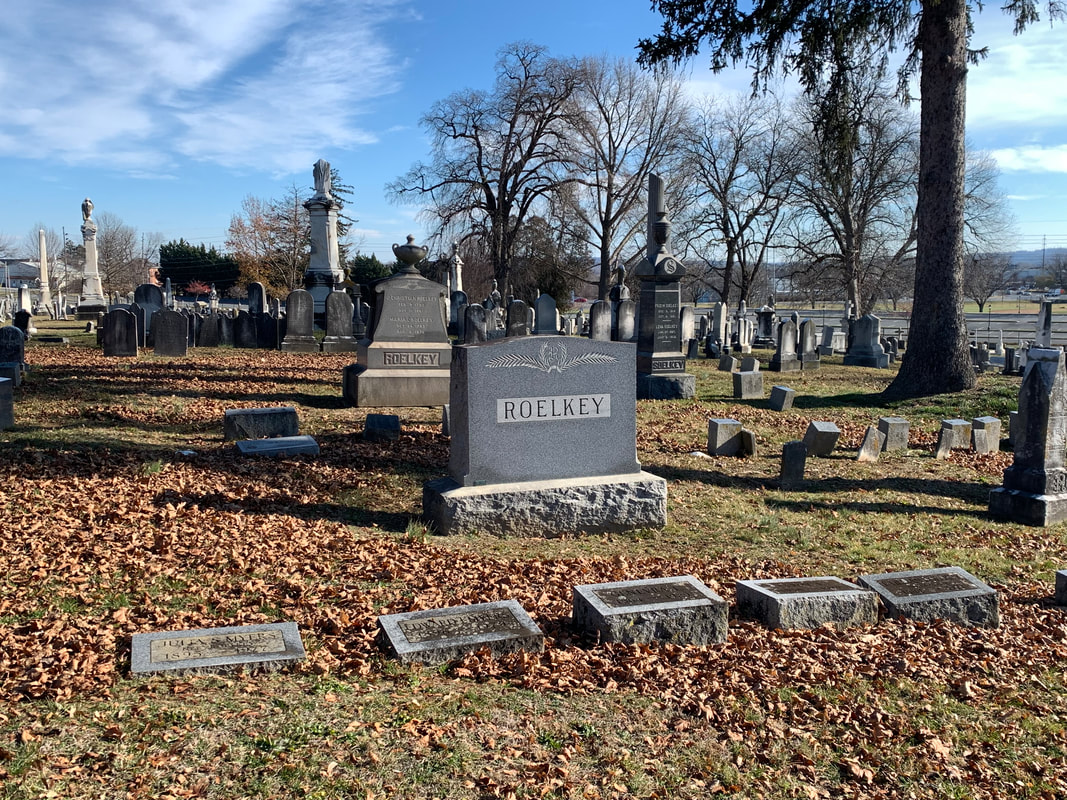

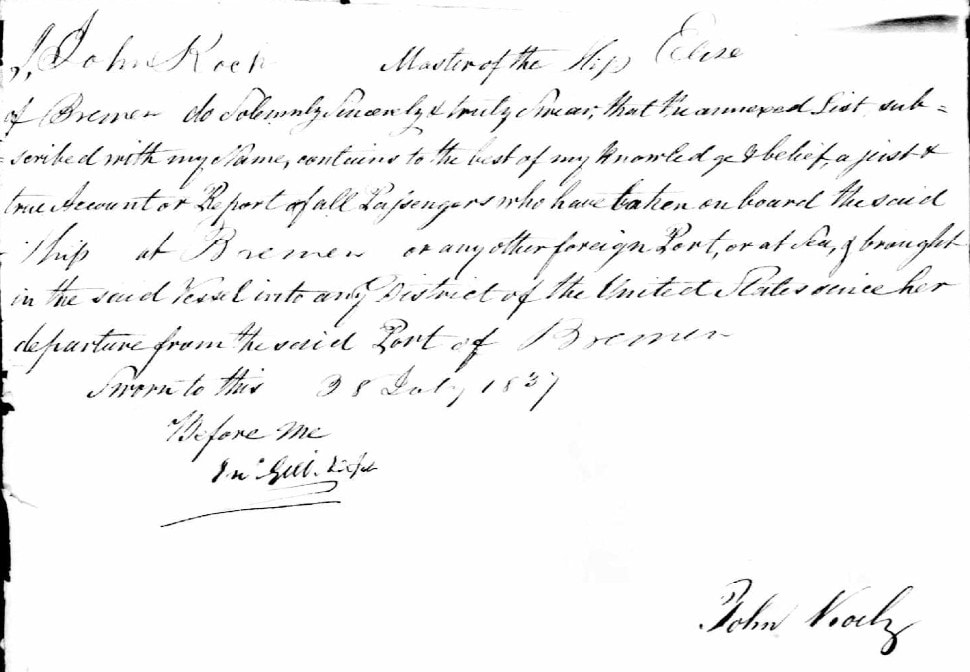



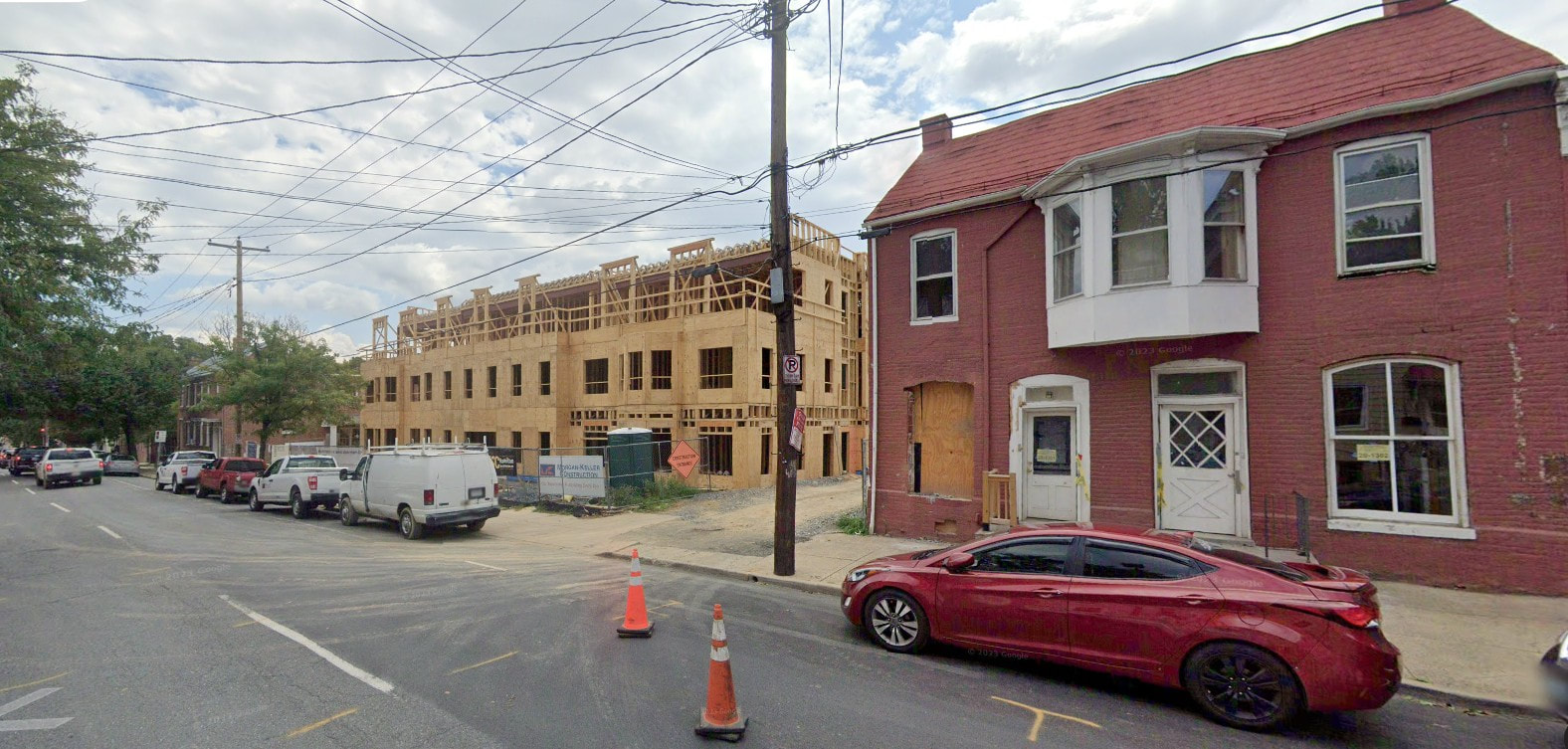

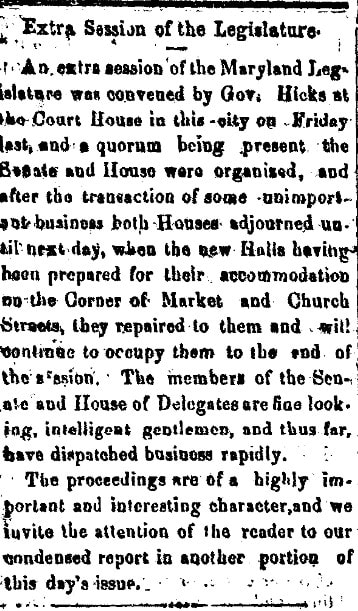
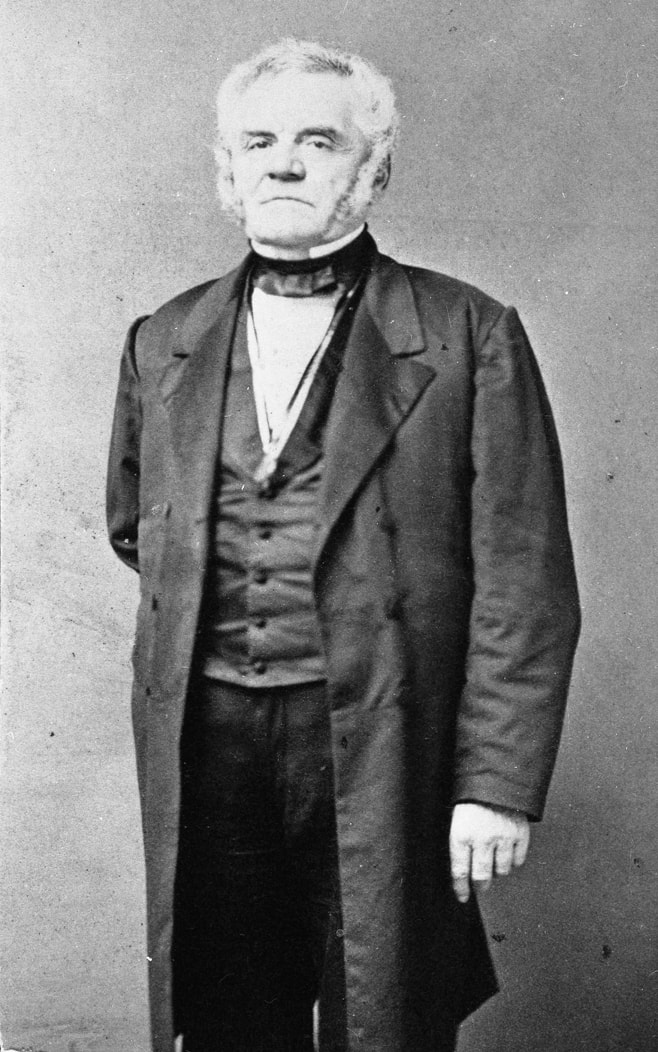
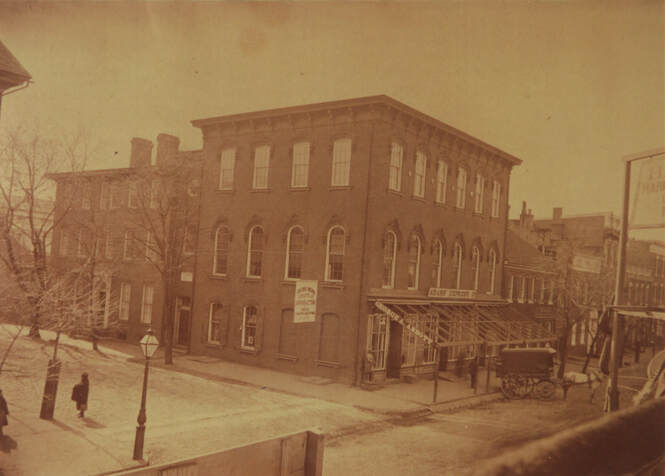
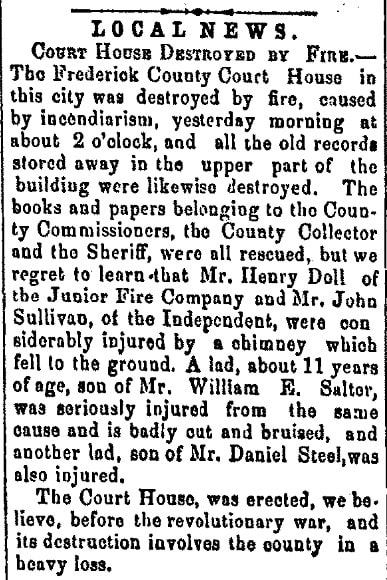
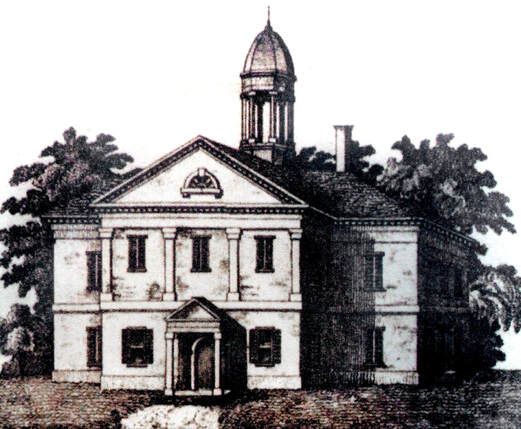
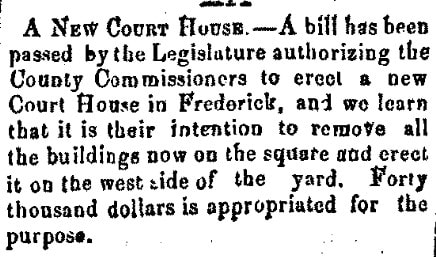
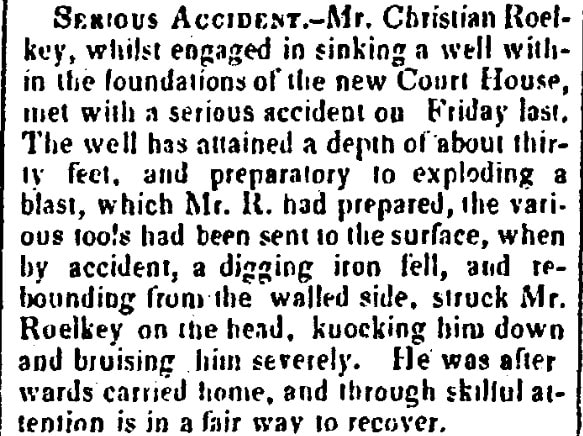
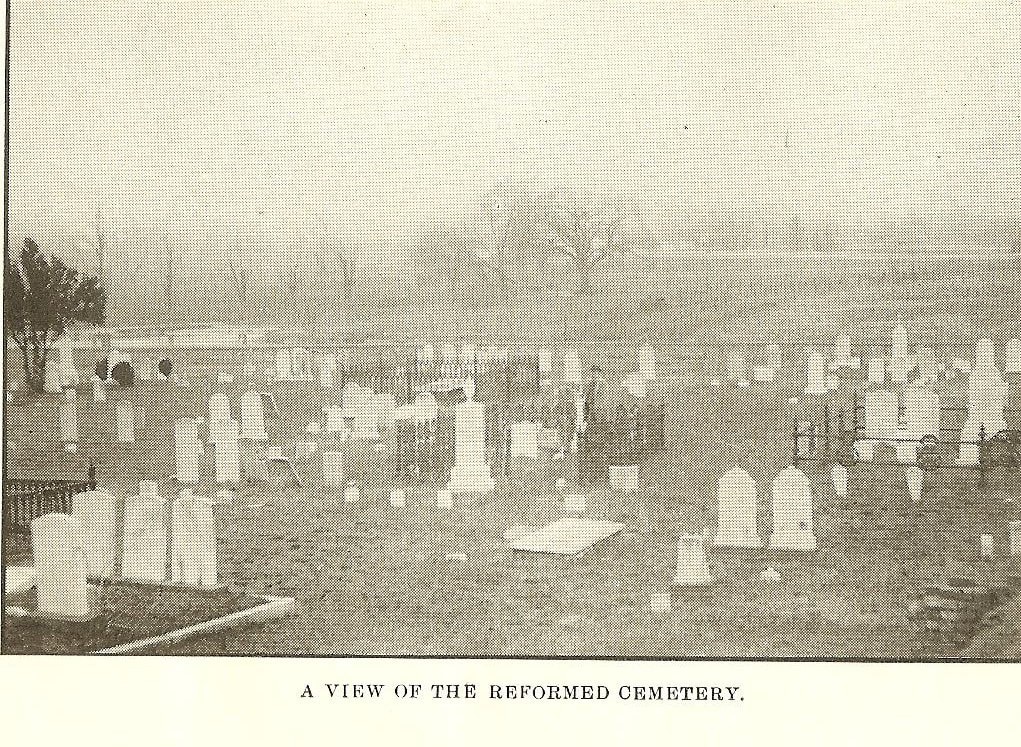
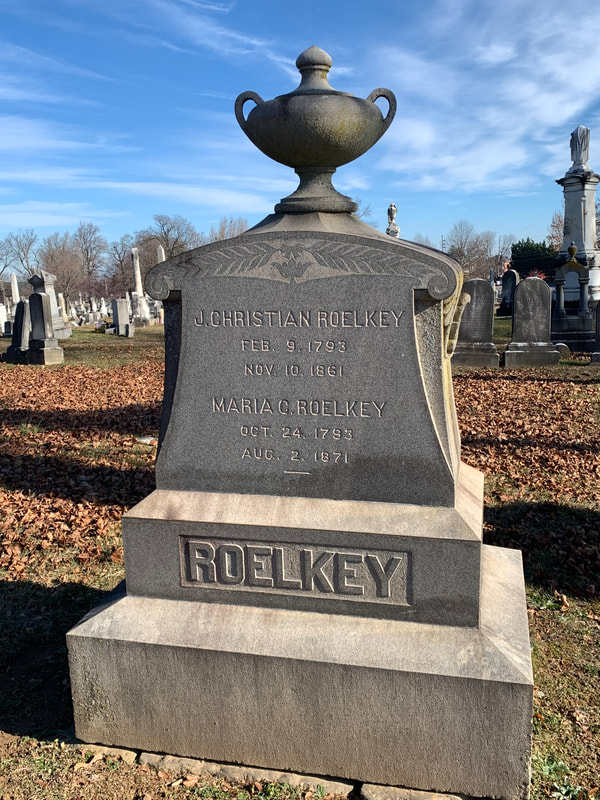
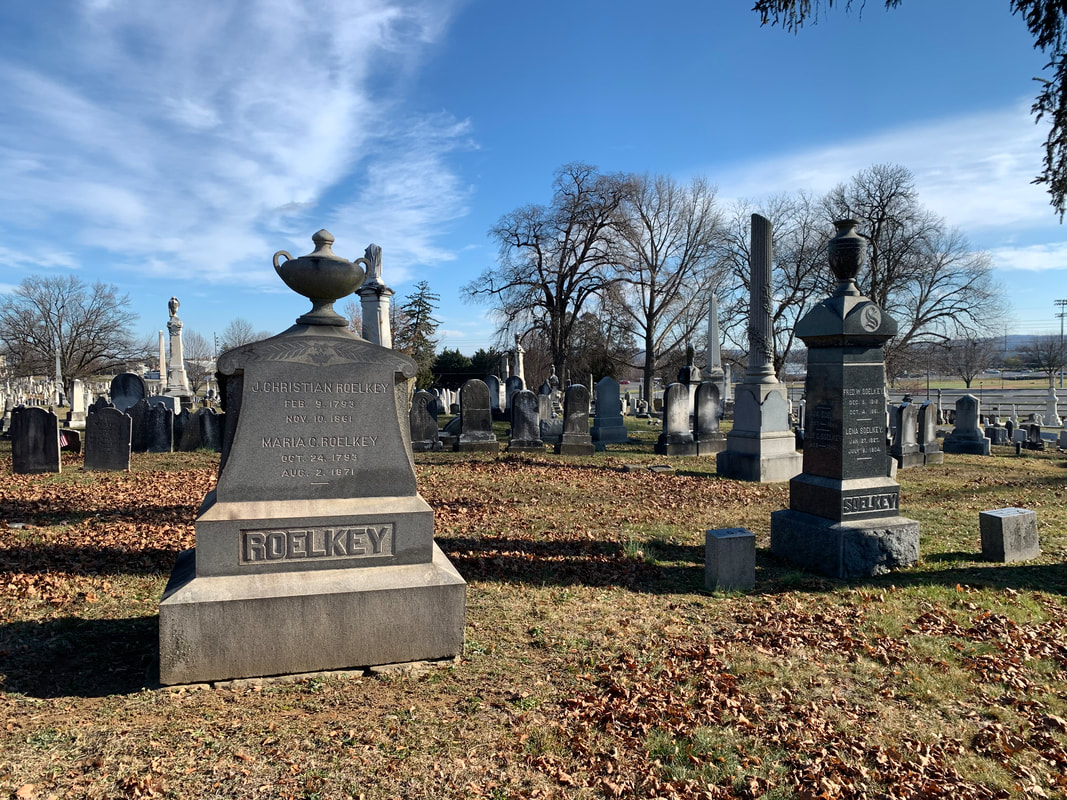


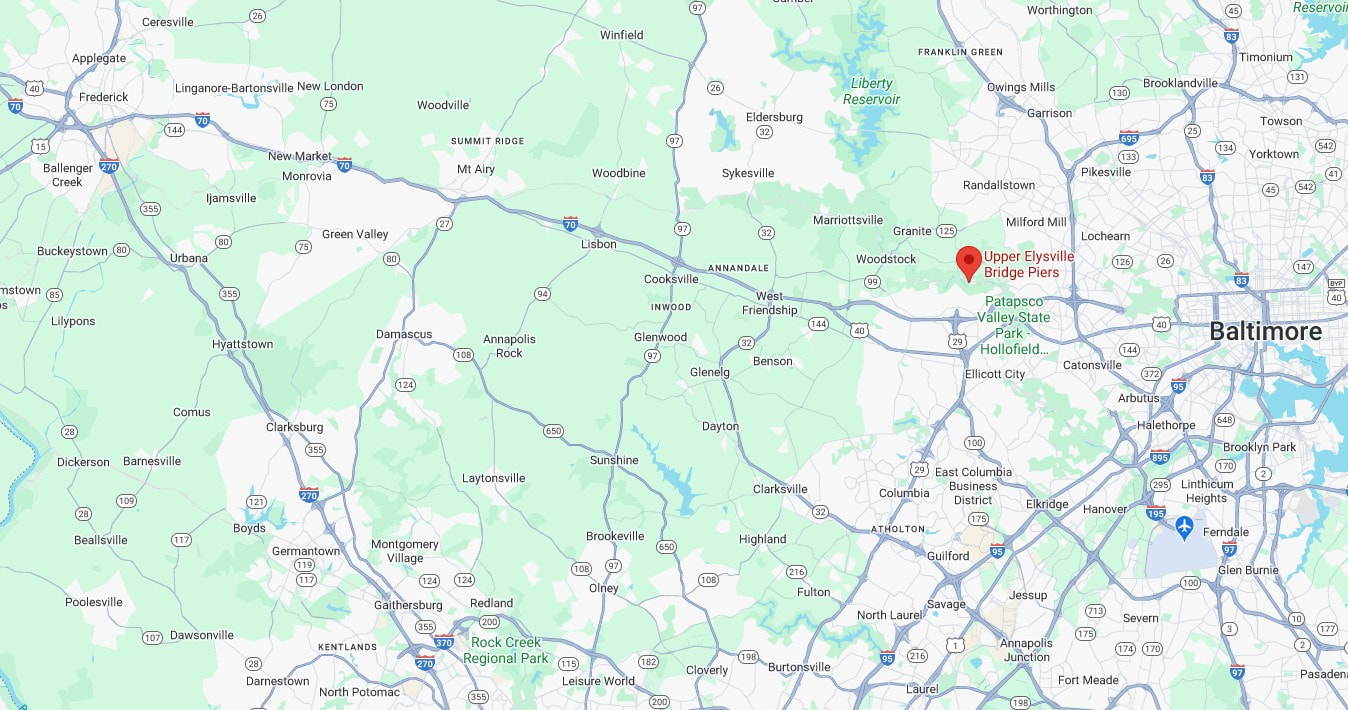
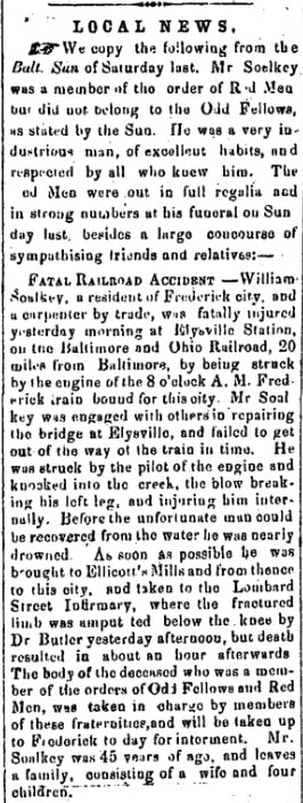
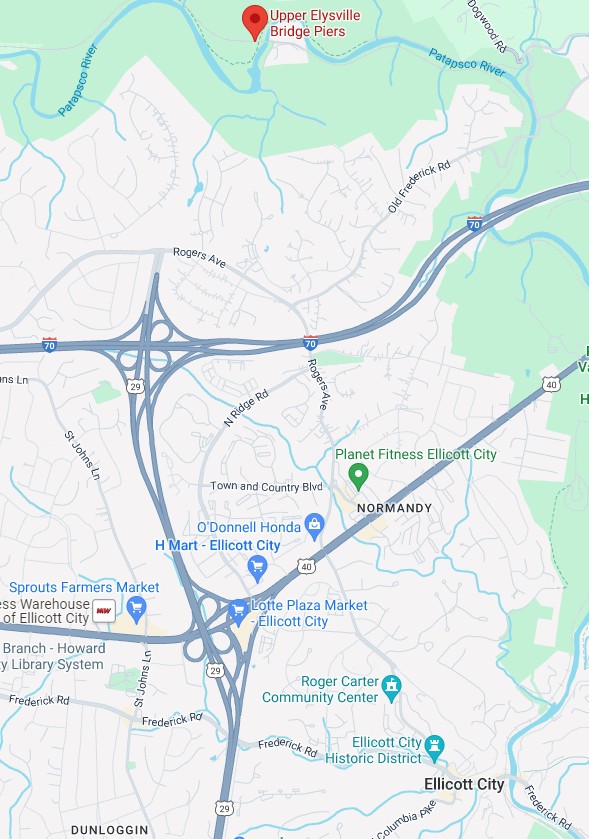
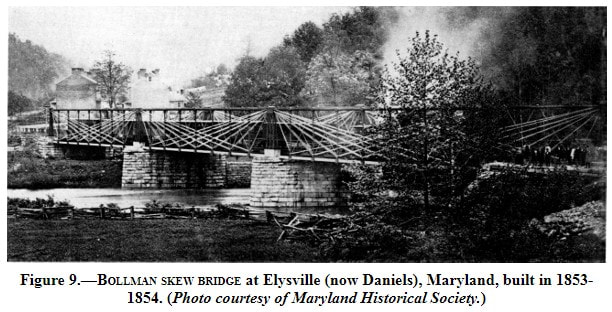
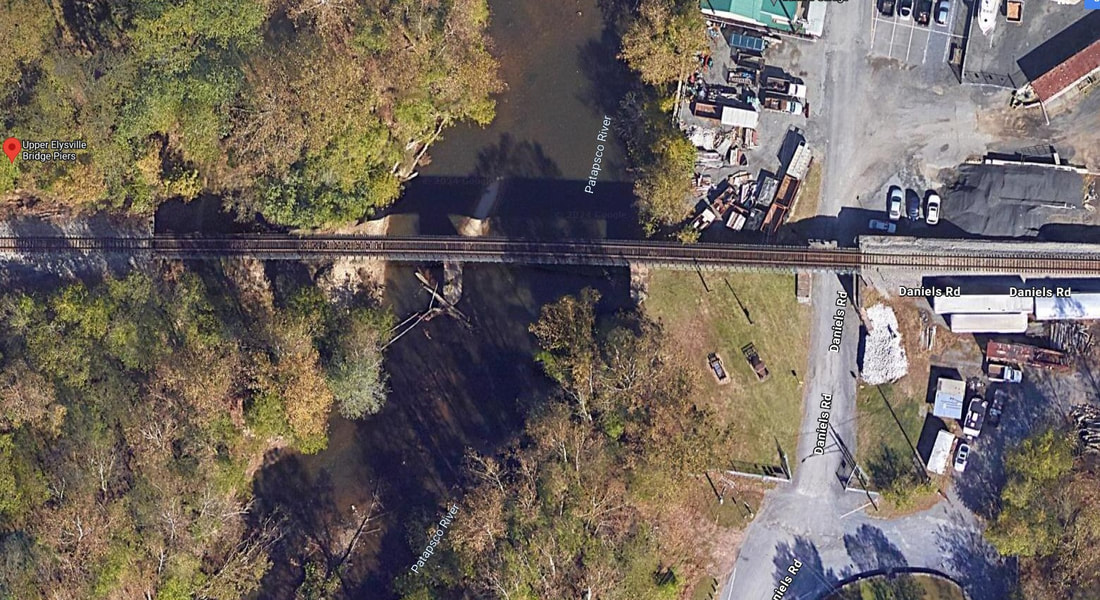
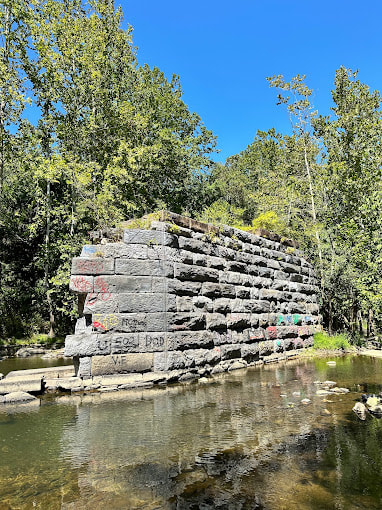
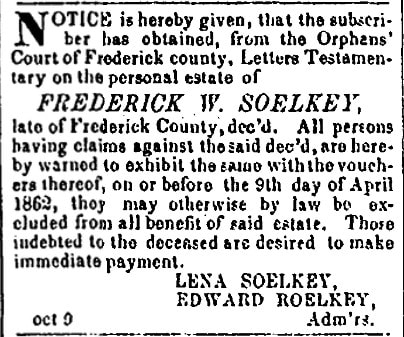
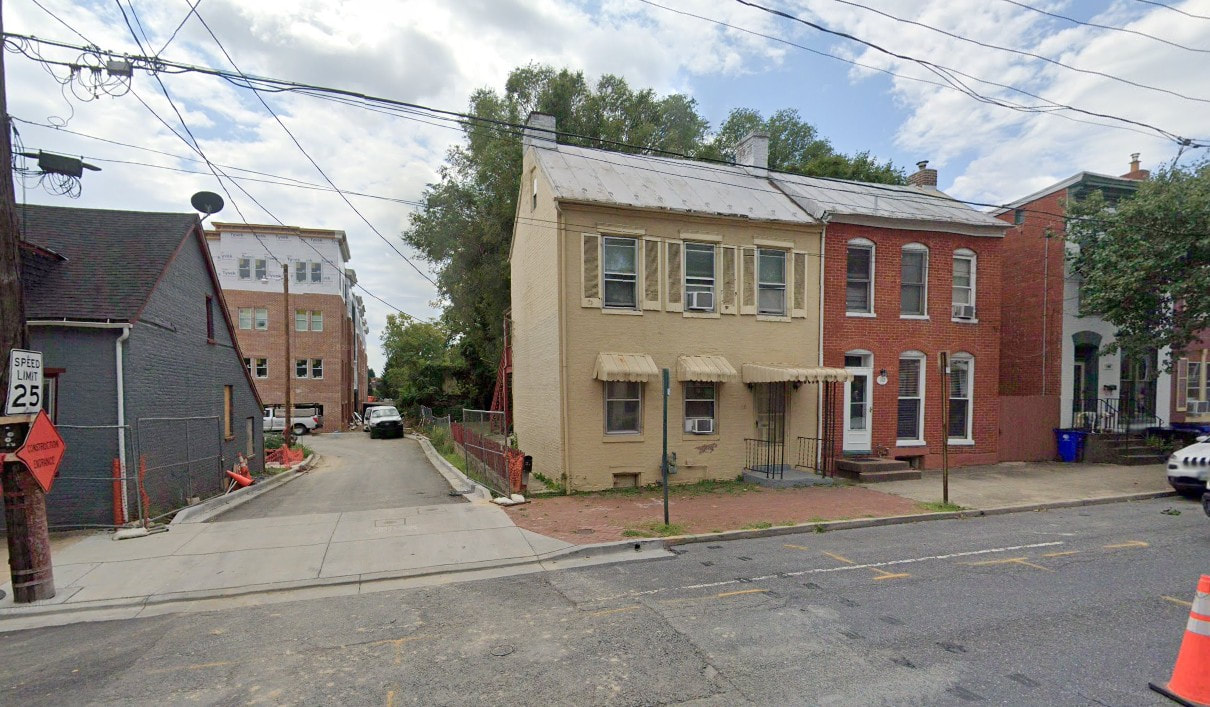
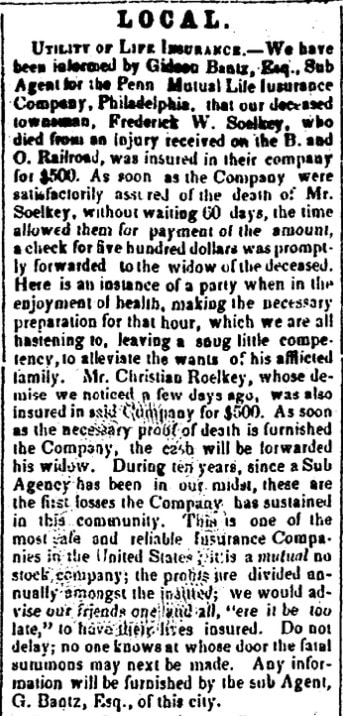

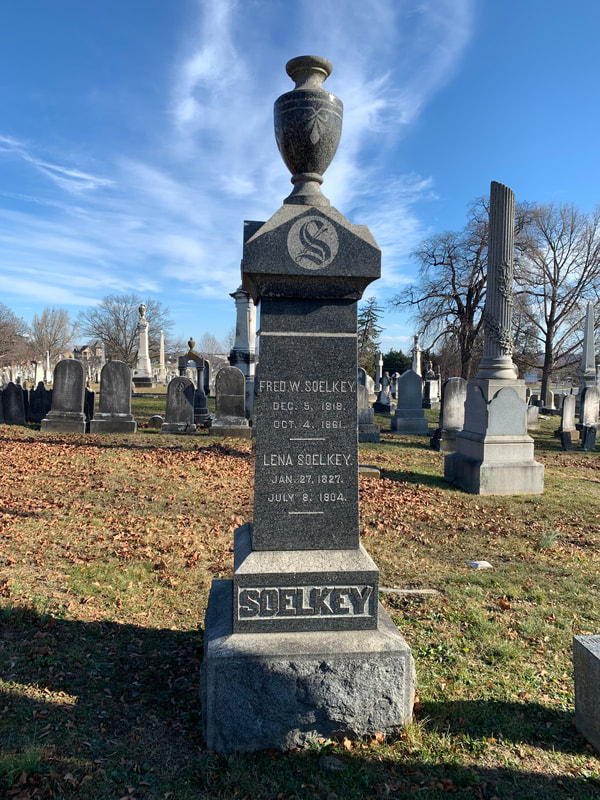
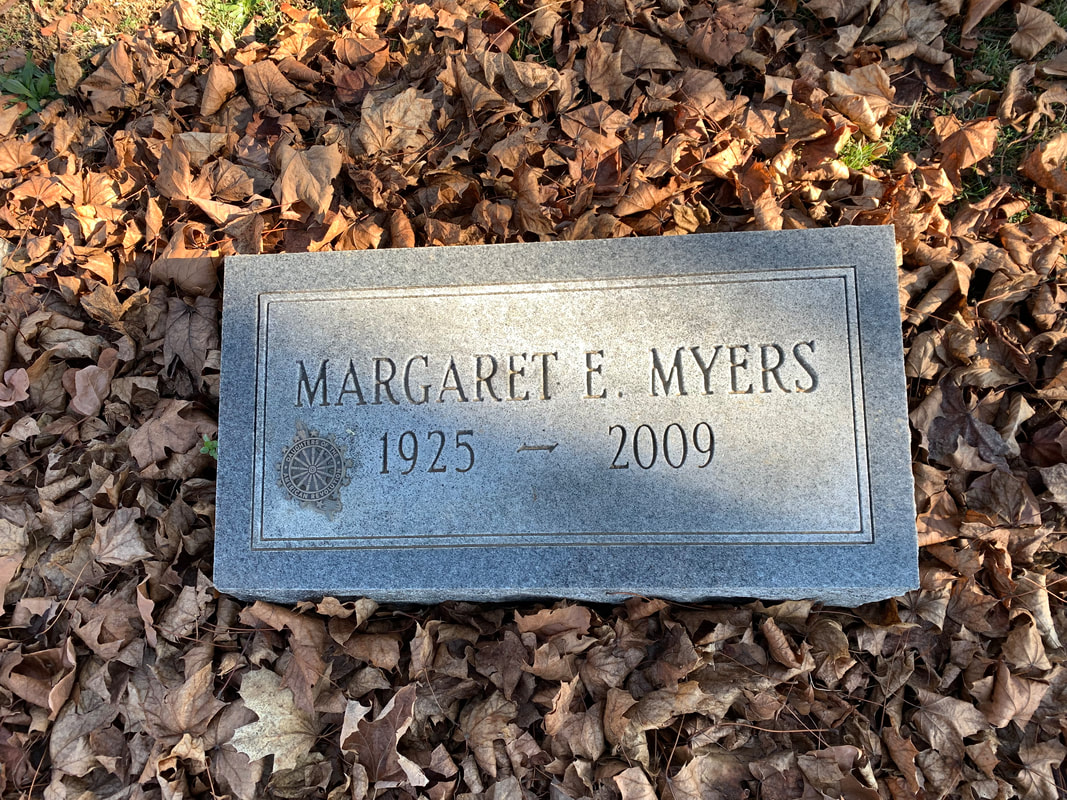
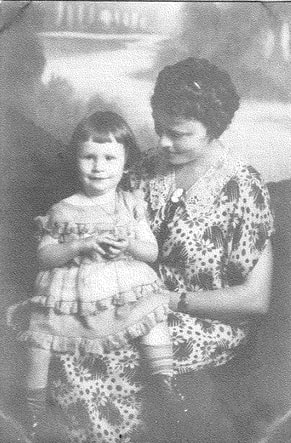
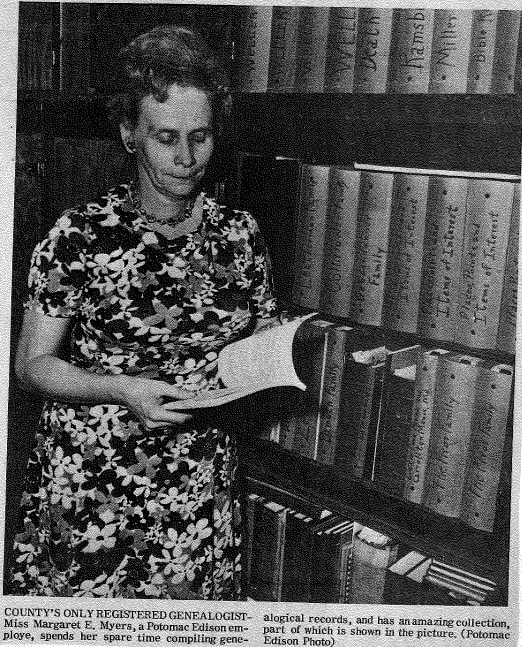
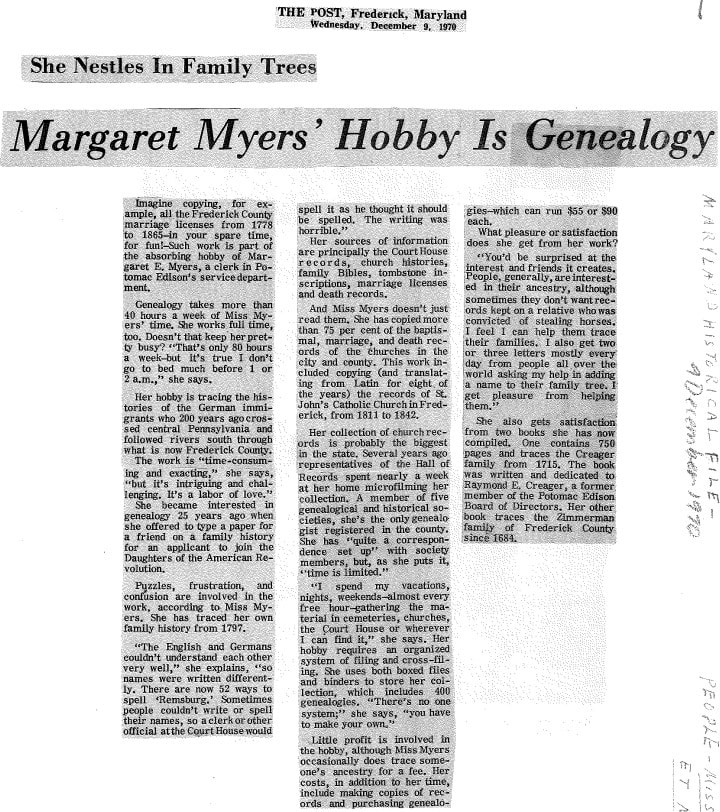
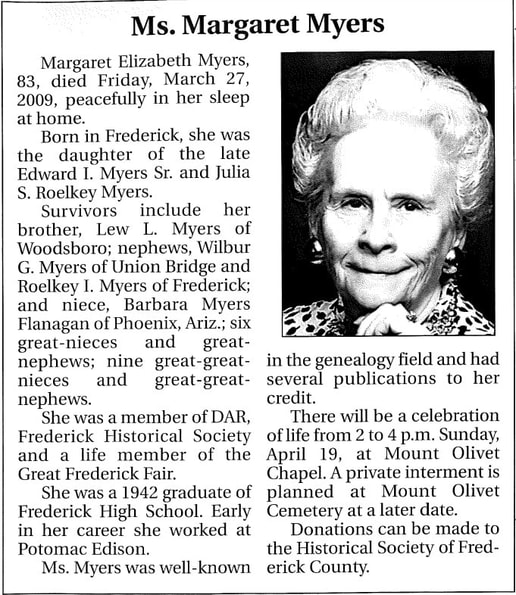
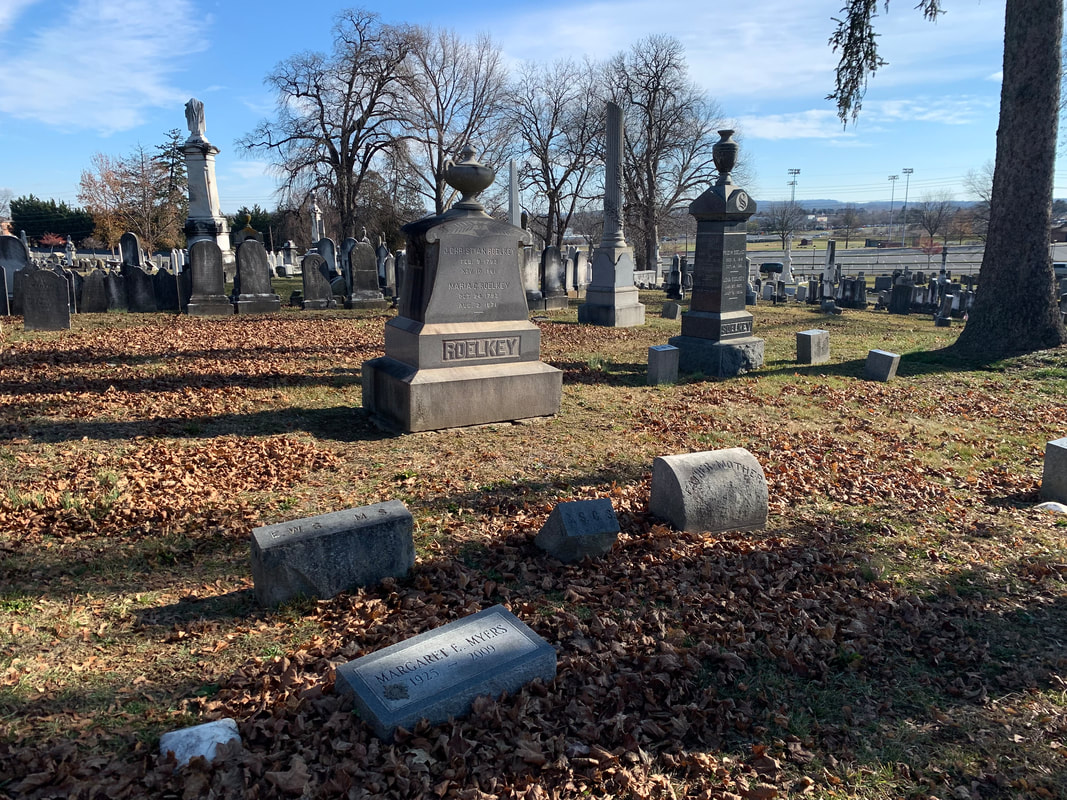
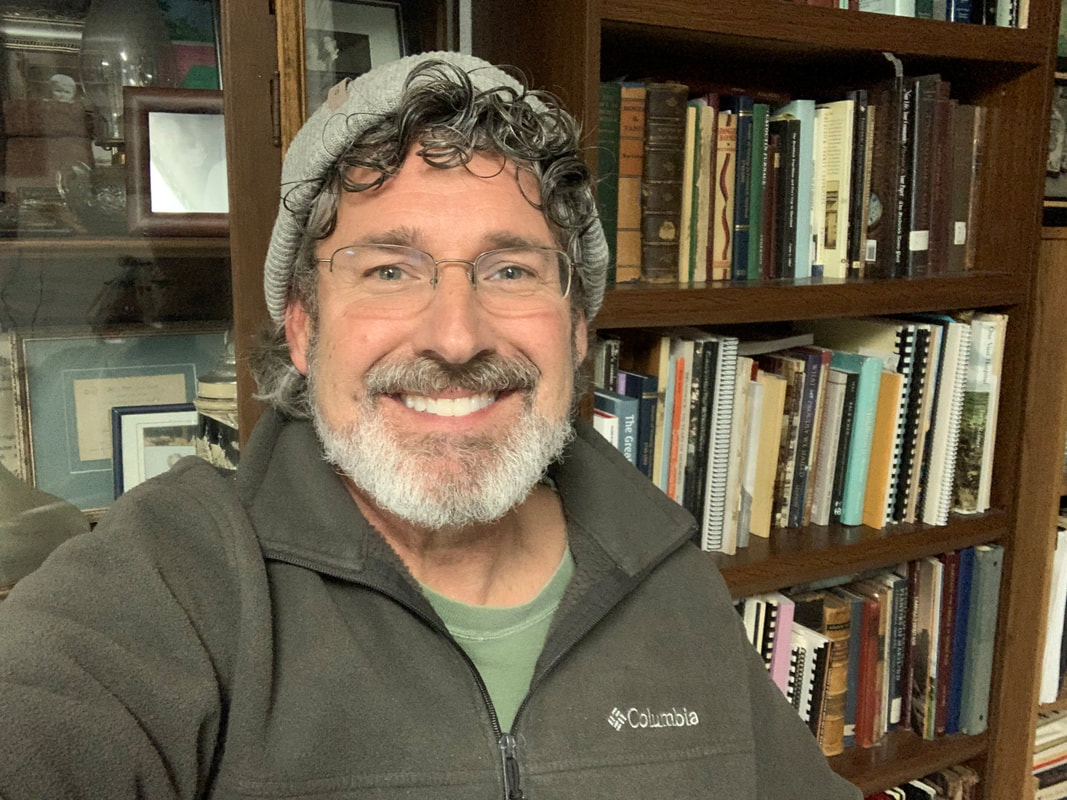
 RSS Feed
RSS Feed